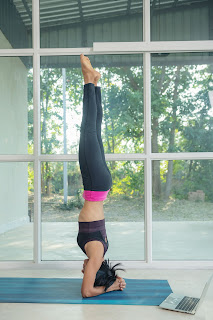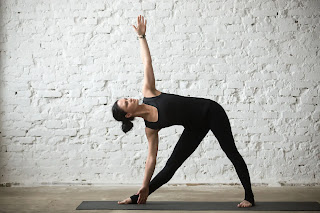Sirsasana- The king of all asanas

Sirsasana In Sanskrit 'Sirsa' means head. In sirsasana, practitioners stand on their heads, thus the name sirsasana. This yoga asana is regarded as the king of all asanas and by the time you finish reading this article, you will find out why? How to do Sirsasana? Spread a fourfold blanket and kneel near it. Rest the forearms on the blanket. the practitioner should take care that the upper arms are parallel to each other. Now, interlock the fingers tightly and rest the crown of the head between the palms. Raise the knees from the floor and walk towards the trunk with bent knees. With an exhalation, raise one leg off the ground first and balance. Now, raise the other leg from the floor. As you advance in practice, you will be able to raise both legs off the floor together without even bending your knees. Slowly straighten the thighs and then the knees. Stretch the legs fully and stand on the head while keeping the whole body in a straight line perpendicular to the ground...


